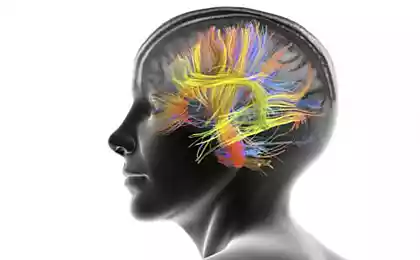410
The gray matter affects the risk appetite

Researchers at the University of Sydney stated that there is a direct link between our brain structure and tolerance for risk.
Author of the new study Agnieszka Tymula using the analysis of the brain was determined as the volume of gray matter in the posterior parietal cortex can be used to predict individual attitudes to risk. In particular, the doctor of Economics found: men and women with a higher volume of gray matter in this region had the least risk aversion. "Individual risk attitudes correlated with the volume of gray matter in the posterior parietal cortex suggesting existence of an anatomical biomarker for financial risk-relationship."
However, the scientist warned against the use of a direct causal link between brain structure and behavior. More research is needed to determine how structural changes in the brain lead to changes in relation to risk.
Tymula said: "the Results combine very well with our previous conclusions about risk and aging . In our studies, 2013, we found that as people age they become more risk averse. From other work we know that cortex thins substantially as we age. It is possible that changes in risk during life caused by the thinning of the cortex.
Source: nauka24news.ru/
Incredibly realistic drawings of everyday objects by Marcello Berenji
The DENZA electric car launched into serial production























